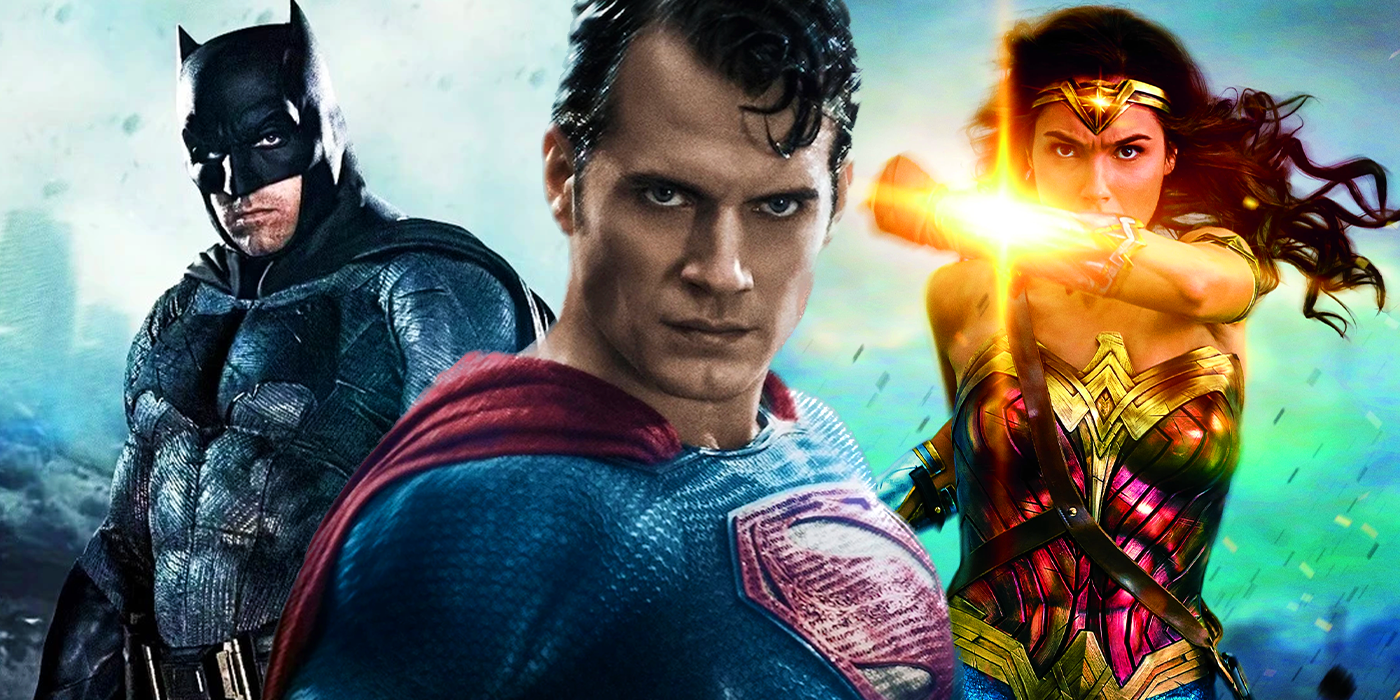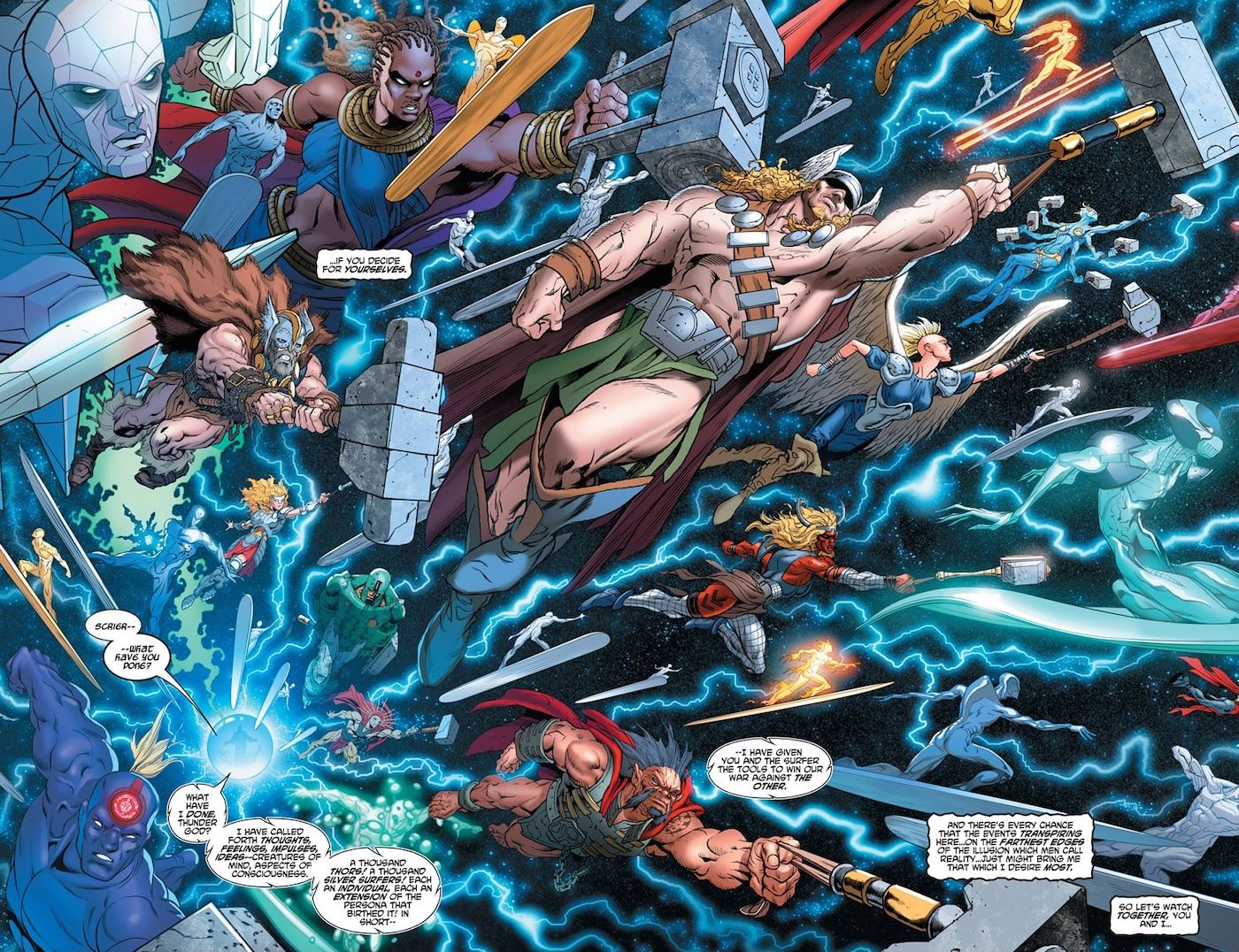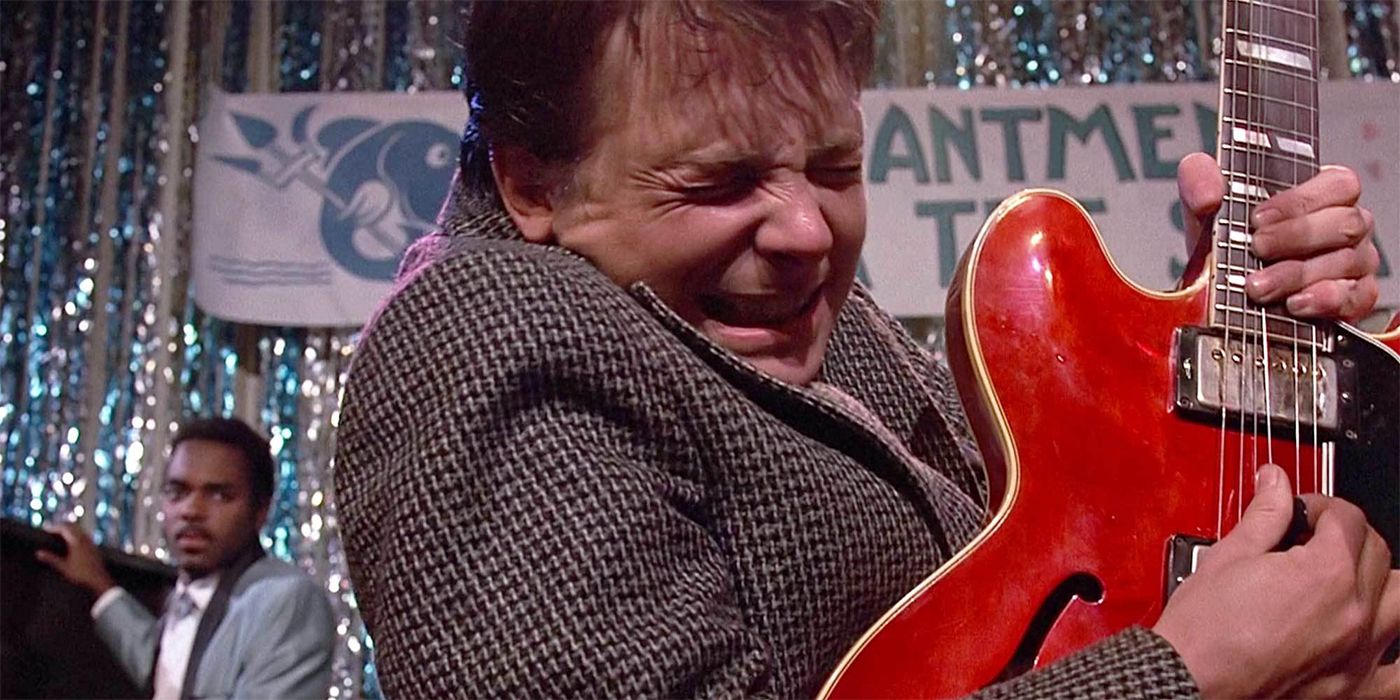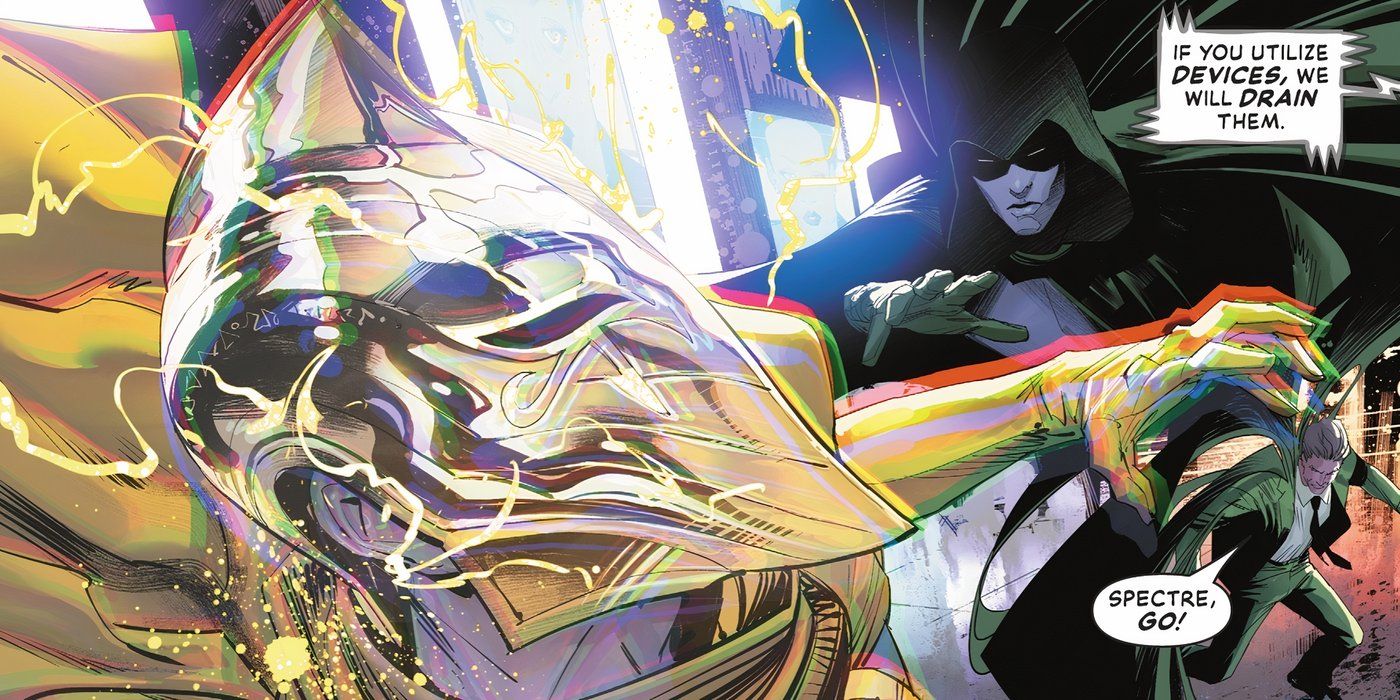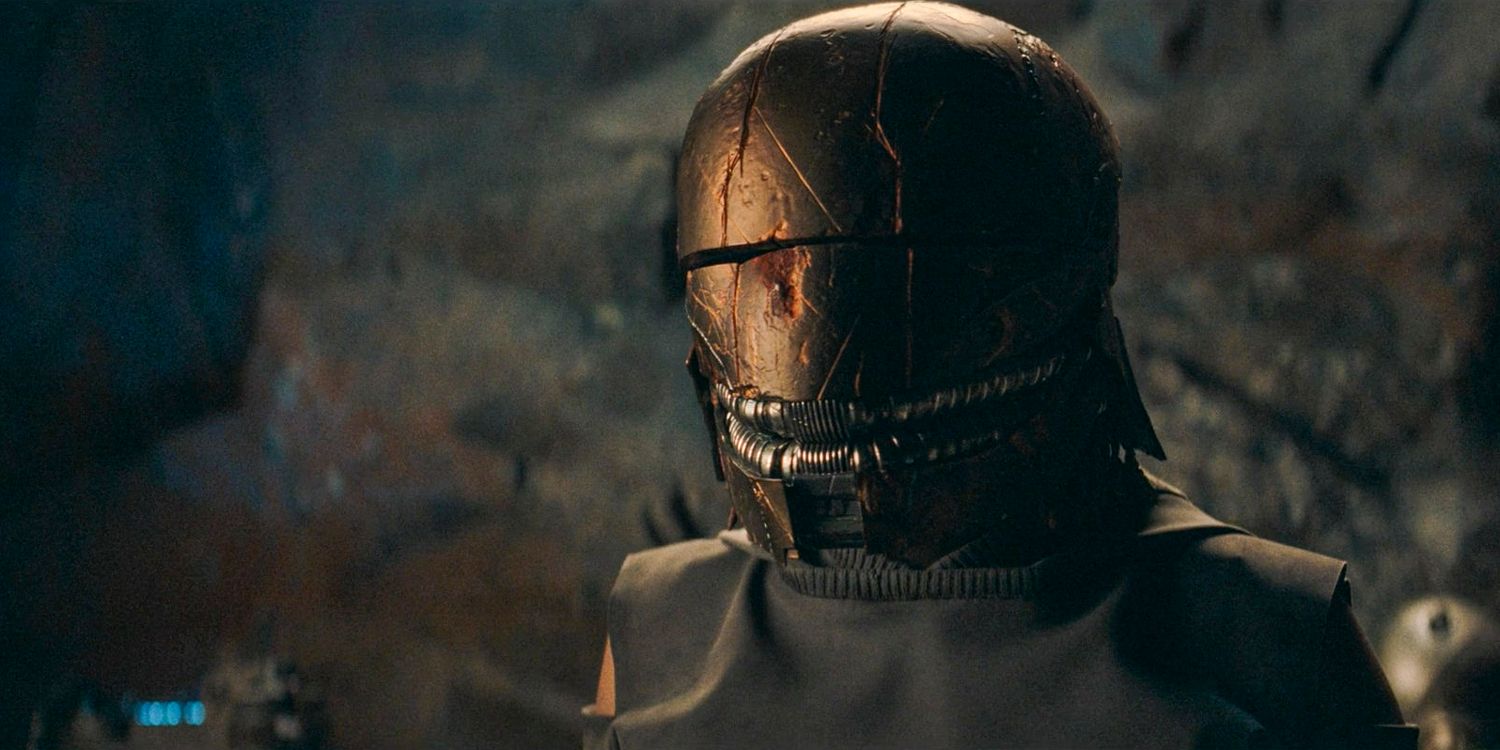Superman’s New 52 reboot was a controversial one, but Clark Kent’s origin in that universe is the perfect summation of why the character still matters today. Superman is someone who cares about all the world’s problems, not just Justice League-level threats, and he’s someone who’ll go to the bat for humanity while inspiring us to do better.
The New 52, DC’s 2011 continuity reboot, is still a contentious one more than a decade on. Some characters, like Superman, were given wholesale new beginnings. Meanwhile, others, like Batman, were still beholden to some prior continuity. Almost all, however, were given new origins. Superman’s was told in the pages of Action Comics Vol. 2, which brought the character back to his Golden Age roots. Superman in comics’ Golden Age, which lasted from the mid-1930s to mid-1950s, was a proactive force for social justice. His very first appearance in Jerry Siegel and Joe Shuster’s Action Comics Vol 1 #1 has him confronting domestic abusers and corrupt politicians alike, making public examples of them and promising to do the same to anyone who’d dare follow their example.
Superman Cares About ALL of Humanity’s Problems
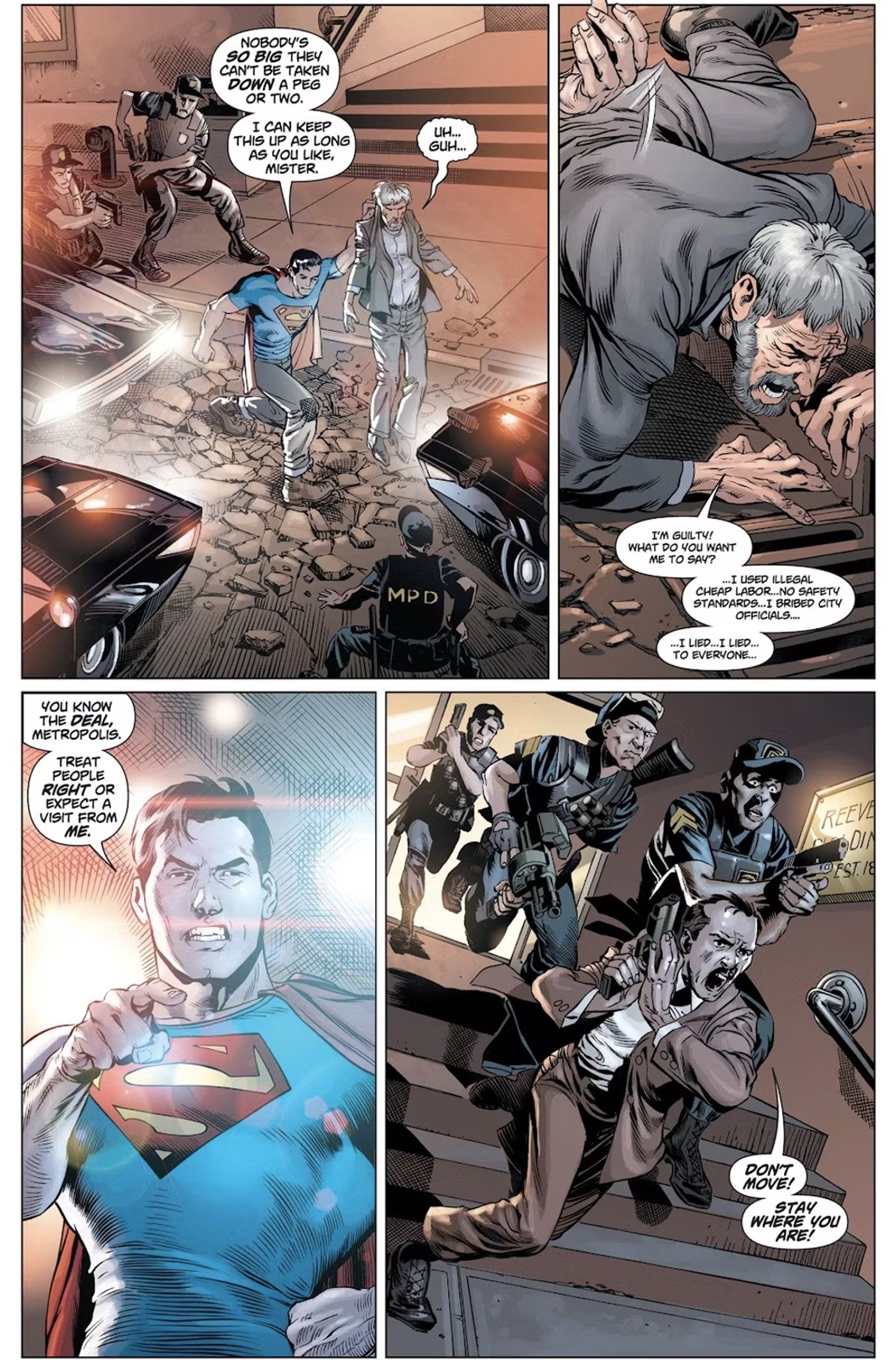
By bringing him back to these Golden Age social justice roots, the New 52’s origin of Superman shows that what Clark Kent stands for remains relevant today. In Grant Morrison and Rags Morales’ Action Comics Vol. 2 #1, the New 52’s Superman is introduced similarly to his Golden Age counterpart, dangling corrupt businessman Glen Glenmorgan off a building to force him to confess his crimes. From this very first scene, Morrison shows exactly how a younger Superman works in a modern context. In a world where unchecked greed, corruption and capitalism is as prevalent as ever, Superman is someone with the power to do something about the problems readers see in the real world. A regular person can only dream of humiliating robber barons with ease, but Superman? Superman can do that.
Clark’s job as a reporter also ties neatly into this reimagining. Clark becomes a reporter for precisely the same reason that he becomes Superman: it’s a way of helping people, of holding those in power accountable to truth and justice. He’s someone proactively seeking out and confronting problems, not just reacting when they appear. This younger Clark is also made more relatable and relevant to readers by making him in the mold of younger characters like Spider-Man. Like Peter Parker, this Clark is gangly and unkempt, constantly late and struggling for money. Clark Kent’s problems are inherently human ones, and importantly are relatable ones to people his own age.
It’s refreshing to see a Superman who’s just as concerned with smaller-scale problems as with grand alien invasions, and this balance is a valuable and oft-forgotten part of the character. There are plenty of terrific stories of a high-flying Superman confronting aliens or multiverse-threatening foes, but he has to be as human as the rest of us. By bringing him back to his social justice roots, Morrison made a blueprint for how to make Clark Kent relatable and relevant today, creating a version of the character concerned with the same problems as readers. The Superman of the New 52 continuity is just as concerned with truth, justice and the other thing, but approaches these concepts as a real person; a warrior for social justice who does what he can to help a world still facing the same old problems.

